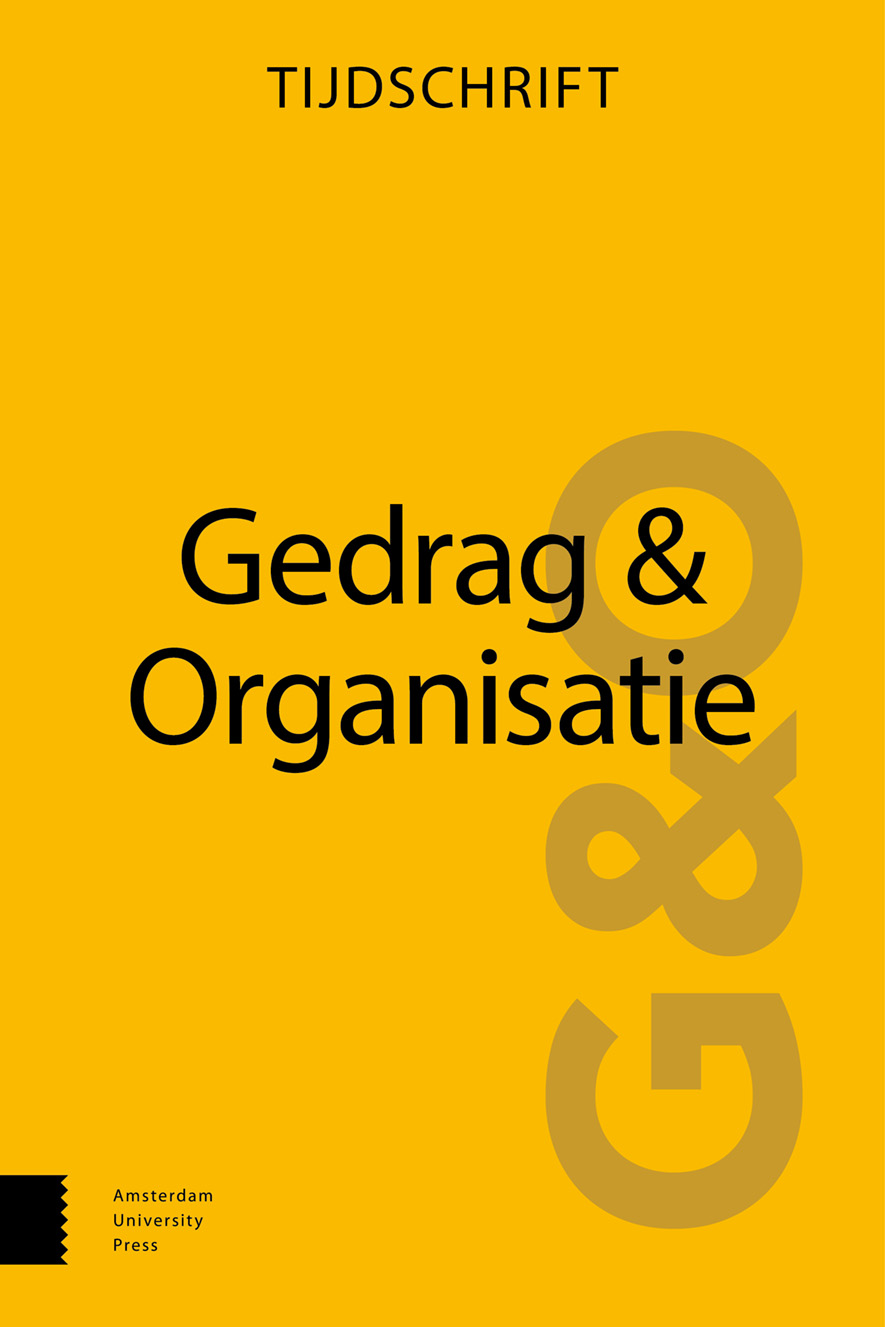
Full text loading...
We use cookies to track usage and preferences.I Understand

Een overgrote meerderheid van de werkenden heeft te maken met soms intensieve veranderingen in werk en organisatie. De mate waarin en de manier waarop werkenden zich aanpassen aan veranderingen beïnvloedt of ze floreren in een dynamische werkomgeving en ook of ze op lange termijn goed blijven functioneren. Onderzoek toont aan dat veranderingen in werk en organisatie zowel gunstige als ongunstige gevolgen hebben voor de vitaliteit en het leren van werkenden. Krimp en herstructurering hebben vooral een negatieve impact, en groei en innovatie een positieve impact op het floreren van werkenden. Er ligt echter een belangrijke wetenschappelijke uitdaging in het verklaren van de grote mate van onverklaarde interindividuele variatie in adaptief gedrag van werkenden. In deze oratiebewerking wordt een nieuw model voorgesteld – het adaptatie-activatie model – waarmee meer inzicht kan worden verkregen in de factoren, processen en mechanismen die interindividuele verschillen in adaptatie kunnen verklaren. Centraal daarbij staan adaptieve eisen en adaptieve hulpbronnen en het samenspel daartussen. Ten slotte wordt gereflecteerd over wanneer adaptatie succesvol is: niet effectieve, maar optimale adaptatie moet de maatstaf voor succesvolle adaptatie zijn. Dat vereist geïntegreerd adaptief gedrag en persoonlijk meesterschap.

Article metrics loading...

Full text loading...
References


Data & Media loading...

